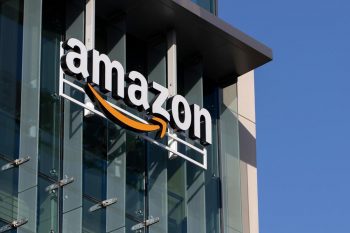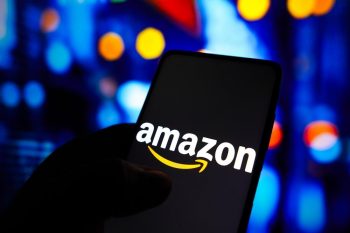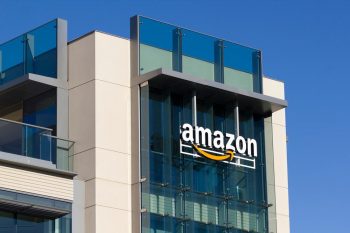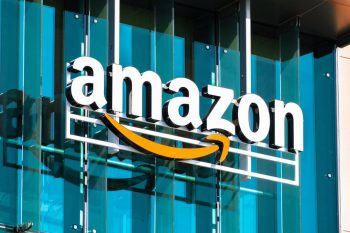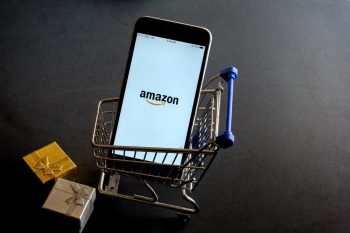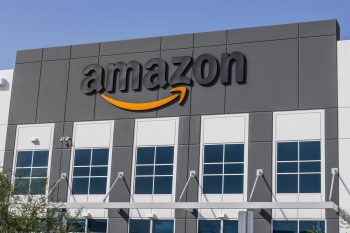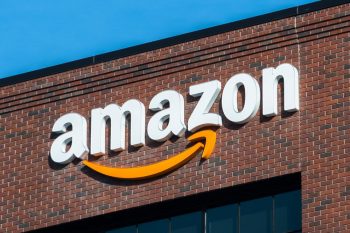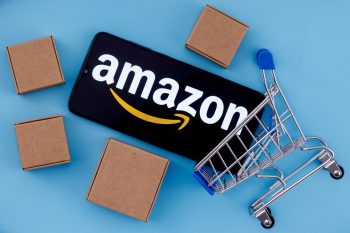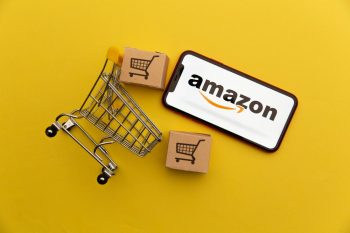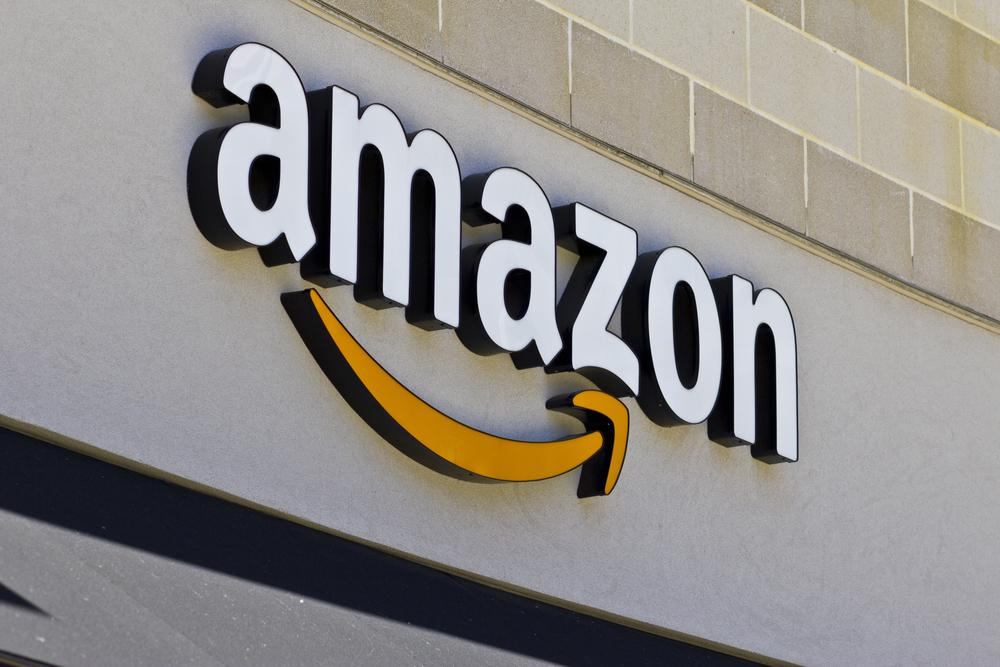
Becoming an Amazon Vendor can be a lucrative opportunity for businesses looking to expand their online presence and reach a wider audience. However, the process can be complex and challenging, especially for those new to the platform. This comprehensive guide will provide you with everything you need to know about becoming an Amazon Vendor, from the initial setup to optimizing your listings, managing inventory, and maximizing sales.
To become an Amazon Vendor, a business must first receive an invitation from Amazon. This typically happens when a business has high sales volumes, popular products, or has generated buzz in the industry. Once invited, you can sell your products in bulk to Amazon, who then handles individual retail sales. To increase your chances of receiving an invitation, you should establish your brand, optimize your Amazon product listings, and maintain high customer satisfaction.
What is an Amazon Vendor?
An Amazon Vendor is a company that sells its products in bulk directly to Amazon, who then takes care of the retail sales to individual customers. The Amazon Vendor program is invite-only, with Amazon reaching out to businesses they believe would make a good fit.
How to Become an Amazon Vendor?
To become an Amazon Vendor, you must first receive an invitation from Amazon. The company typically invites businesses that have achieved significant revenue, are key players in their retail category, or have generated some buzz in the industry.
While there isn’t a direct way to apply for the program, you can increase your chances of receiving an invitation by building your brand’s presence, both on and off Amazon. You can start selling on Amazon as a third-party seller through the Amazon Seller Central platform, which will allow you to gain experience on the platform and potentially catch Amazon’s attention.
Qualifications and Prerequisites
Amazon’s vendor recruitment team typically looks for sellers with high sales volumes, marketplace sellers with popular products, and exhibitors at trade shows and fairs with interesting products. Establish your brand, build your Amazon product listings, and keep your customers happy to increase your chances of receiving an invitation.
Costs and Fees
Being an Amazon Vendor comes with various costs and fees, including selling plan fees, referral fees, slotting and marketing costs, and access to Amazon’s Premium Vendor Services. If you choose to use Amazon’s Fulfillment by Amazon (FBA) service, you will incur additional fees, such as fulfillment fees and monthly storage fees.
Optimizing Product Listings
To optimize your product listings for success on Amazon, conduct keyword research, optimize product titles and descriptions, add high-quality images, utilize backend keywords, manage reviews and ratings, and use A+ Content if you are a brand owner registered in Amazon Brand Registry.
Inventory Management
Effective inventory management as an Amazon Vendor involves building and maintaining relationships with suppliers, monitoring your sell-through rate, restocking popular products quickly, running promotions to reduce aging inventory, keeping an eye on your margins, reducing excess inventory, using inventory forecasting tools, setting inventory minimums, understanding supply chain lead times, and creating a contingency plan.
Utilizing Amazon Vendor Central
Amazon Vendor Central is an online platform that allows vendors to sell their products directly to Amazon. To effectively utilize the platform, optimize your product listings, monitor your performance metrics, use Amazon Marketing Services, offer competitive pricing, participate in Amazon’s programs, use Amazon’s analytics tools, and optimize your inventory management.
Maximizing Sales and Profit
To maximize sales and profit as an Amazon Vendor, sell high-quality products, optimize product listings, utilize Amazon advertising, leverage promotional programs, monitor and manage inventory, provide excellent customer service, engage in email marketing, collaborate with influencers, utilize social media and content marketing, and monitor and analyze performance.
Overcoming Challenges
Amazon vendors face several common challenges, including compromised cash flow, high degree of competition, packaging restrictions, strict inventory expectations, and pricing struggles. To overcome these challenges, optimize cash flow management, differentiate products and offerings, comply with packaging and labeling requirements, implement effective inventory management, utilize repricing tools, and seek help from Amazon consulting experts or partner with well-connected Amazon agencies.
Forecasting Demand
To forecast demand for your Amazon Vendor inventory, analyze historical sales data, use inventory forecasting techniques, consider external factors, utilize inventory forecasting software, monitor and adjust forecasts, and collaborate with stakeholders.
Becoming an Amazon Vendor can open up new opportunities for your business. However, it requires strategic planning, careful management, and continuous optimization. By understanding the ins and outs of the Amazon Vendor program, you can set your business up for success on the world’s largest online marketplace.
Frequently Asked Questions
What is the difference between an Amazon Vendor and an Amazon Seller?
An Amazon Vendor sells products in bulk directly to Amazon, who then sells those products to customers. On the other hand, an Amazon Seller sells products directly to customers through the Amazon marketplace. Amazon Sellers manage their own inventory, pricing, and customer service, while Amazon Vendors hand over control of these aspects to Amazon once the products are sold to them.
What is Amazon’s Premium Vendor Services?
Amazon’s Premium Vendor Services is a subscription-based service that offers vendors additional features and benefits. These include enhanced reporting, personalized business recommendations, and access to certain promotional opportunities.
What is A+ Content on Amazon?
A+ Content on Amazon is a feature available to brand owners registered in Amazon Brand Registry. It allows sellers to enhance their product listings with additional images, more detailed item descriptions, comparison charts, videos, and more.
What is Amazon Marketing Services?
Amazon Marketing Services (AMS) is a suite of advertising solutions offered by Amazon. It provides sellers and vendors with tools to create targeted ads for their products, helping to increase visibility and sales.
What are some inventory forecasting techniques for Amazon Vendors?
Some common inventory forecasting techniques include time series analysis, which uses historical sales data to predict future sales, and causal models, which consider external factors like market trends and promotional activities. Vendors can also use inventory forecasting software to automate this process.

